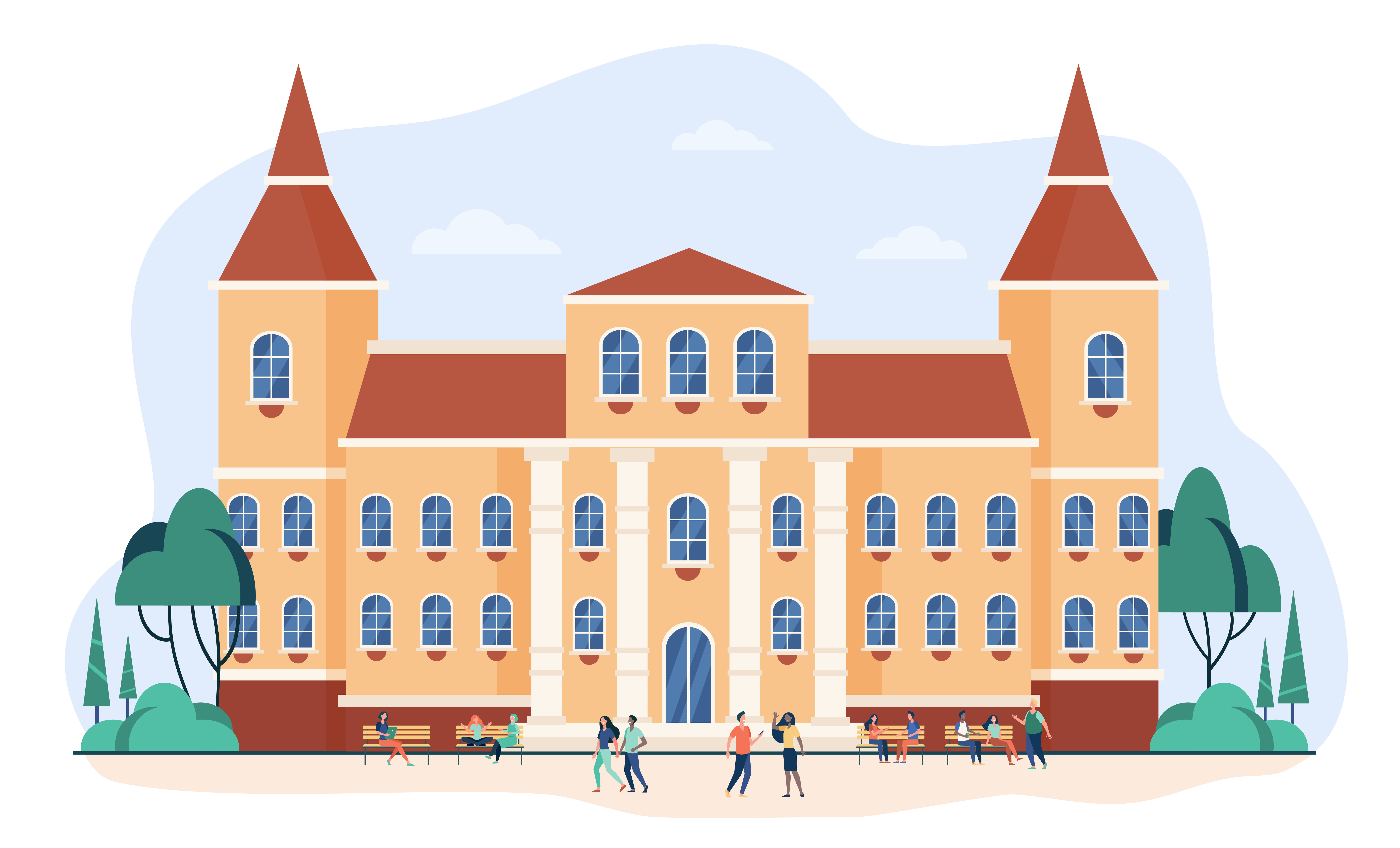Across higher education, the default response to retention and housing challenges is the same: build more housing.
But let’s be brutally honest; housing doesn’t guarantee retention.
You can spend $300 million for 1,400 new beds and still watch sophomore retention hover at 65–75%, occupancy slip, and tuition revenue leak out the door.
Meanwhile, a $30 million Next Generation Residential & Retail Anytime Dining investment, which accounts for just 10% of the cost of new housing, can generate a measurable, retention-driven ROI in 3–5 years.
Let’s unpack why.
Beds Don’t Create Belonging. Next-Gen Anytime Dining Does.
Students don’t drop out solely because the dorms are outdated. They leave because they don’t feel like they belong. The more successful first-year students are at creating and establishing new friendship networks, most especially within their first 45 days, the more likely they are to return as sophomores.
The critical first-year retention window isn’t about where they sleep. It’s about where they feel at home.
For a new student, the dining hall is not the third space; it’s the first space. It’s the kitchen table, the living room, the campus social hub rolled into one.
When dining options are limited, inconvenient, or low-value, students tend to disengage. This could look like:
- Eating alone or off-campus.
- Isolating themselves in their dorm rooms.
- Failing to form meaningful friendships.
- Feeling disconnected and unsupported.
Disconnected first-year students don’t persist. And disconnected second-year students are unlikely to re-enroll don’t stay in your housing.
What $30M Buys in Next Gen Anytime Dining
A PKC-designed Next Generation Anytime Dining Food Hall isn’t just about nicer finishes. It’s a retention engine designed with SOCIAL ARCHITECTURE™ to foster belonging. Key Features of this approach include:
Extended Hours & Late-Night Dining
Students live on a 24/7 clock. Flexible hours in dining venues keep them on campus and connected.
Predictable, Crave-able Menus
No more “lite lunch” from 2p–5p or barren late-night counters. Every meal is predictable, consistent, and of high value.
Integrated Retail & Meal Plan Flexibility
Students can use their meal dollars across residential and retail dining seamlessly, with more value and higher participation.
Spaces Designed for Connection
Shared tables, micro social zones, and intentional programming create organic opportunities to meet and form long-lasting connections.
Culinary Diversity & Wellness
Plant-forward stations, allergen-safe areas, and global cuisines cater to students’ diverse needs.
Technology-Driven Convenience
Mobile ordering, predictive menus, and data analytics improve satisfaction while controlling costs.
This isn’t just food. It’s belonging by design, and that’s what keeps students on campus.
The ROI: NextGen Anytime Dining vs. Housing
Here’s the stark reality:
- A $300M housing project adds beds but doesn’t address why students leave. You’re still gambling on retention you haven’t fixed.
- A $30 million dining investment directly addresses the root cause, social disconnection, and improves retention for every student, every day.
What happens when retention increases by just 5%?
- If 100 more students stay each year, that’s $3M in annual tuition and fee revenue retained.
- Over 4 years, that’s $12M from only 100 students.
- Scale to 200–300 additional retained students, and your dining investment pays for itself in 3–5 years.
Meanwhile, your $300M housing project? It will take 20–25 years to break even, provided you maintain 100% occupancy.
Students Remember Belonging, Not Buildings
Ask a second-year student why they stayed.
You won’t hear:
“Because my dorm was new.”
You’ll hear:
“I met my best friends at a late-night breakfast.”
“The dining hall felt like home.”
“I felt like I belonged here.”
Housing provides beds.
Dining creates belonging.
And belonging is the single strongest predictor of retention, persistence, and housing occupancy.
Case Study Snapshot
- Campus A invested $0.00 capital in Next Gen Anytime Dining crafted through the lens of SOCIAL ARCHITECTURE™. Within two years, housing occupancy increased by 14%, meal plan participation reached 75%, and niche.com rated the University’s campus dining as the number one campus dining program in the state of New Jersey.
- Campus B built a $280M residence hall without dining improvements. Sophomore retention remained flat at 68%, and new housing filled only by cannibalizing older residence halls.
The difference? One campus focused on transforming dining as a catalyst for human connection using the Porter Principles of SOCIAL ARCHITECTURE™. The other just built more beds.
The Strategic Path Forward
With the enrollment cliff looming in 2026, you can’t afford decades-long bets. You need 3–5-year payback strategies that drive measurable retention and housing results now.
That’s exactly what PKC Next Gen Residential and Retail Residential Dining delivers. Key outcomes reported by our clients include:
- Improved retention and persistence within months
- Increase in housing occupancy without adding a single new bed
- Enrollment stability and auxiliary revenue
All for 10% of the cost of new housing.
The Final Question
Before you approve another $300M housing project, ask yourself:
What actually keeps students enrolled, beds, or belonging?
We strongly believe the answer is belonging. If you agree, then suddenly, your $30M dining investment pays for itself in 3-5 years, while your $300M housing project is still decades away from breaking even.




